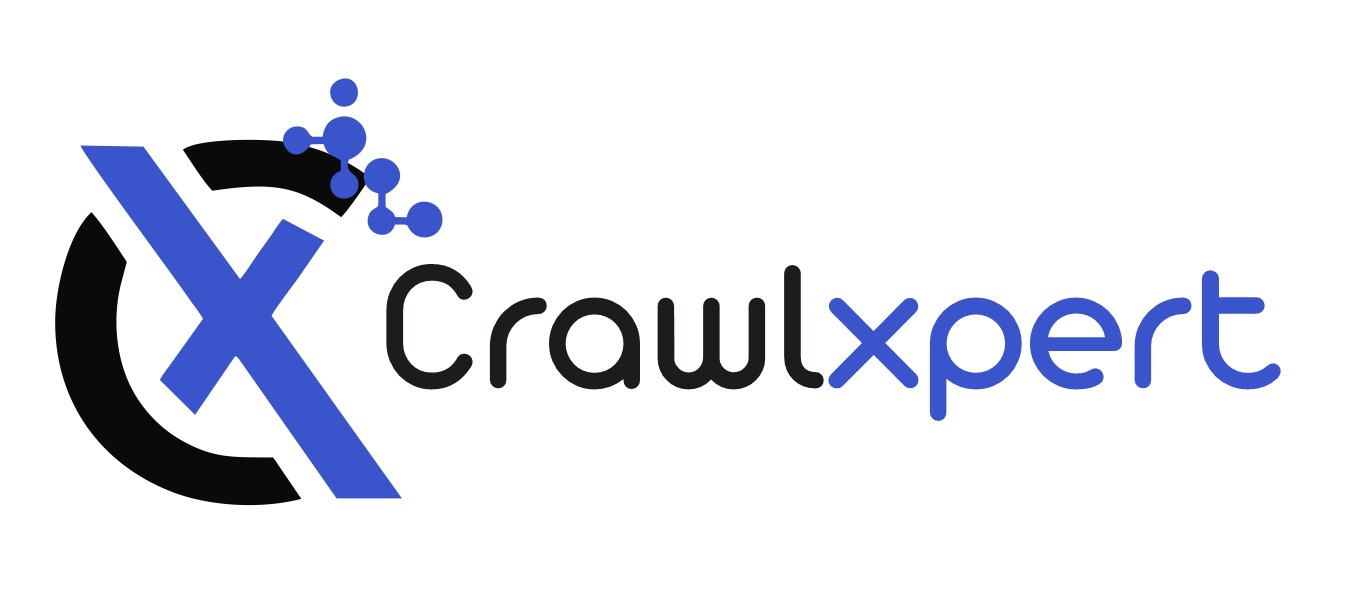
Analyzing Customer Sentiment by Scraping Reviews from Grubhub and Deliveroo
Apr 14, 2025
Introduction
Customer sentiment influences the reputation of a restaurant and customer engagement tactics. Take Grubhub and Deliveroo, for example, they host thousands of customer reviews providing insight into food quality, delivery experience, and overall customer satisfaction. However, performing manual analysis on such a huge set of data is practically impossible. Using web scraping techniques helps extract and analyze customer reviews quickly and gain useful insights.
This blog explains how businesses can utilize web scraping techniques to get customer reviews from Grubhub and Deliveroo to analyze the sentiment trend and then use that data to make informed decisions that can help improve their services.
The Importance of Analyzing Customer Sentiment
1. Understanding Customer Preferences
- Identifies commonly mentioned positive and negative aspects of food, service, and delivery.
- Helps in adjusting menu offerings based on customer feedback.
2. Improving Customer Satisfaction
- Analyzing recurring complaints enables businesses to address service gaps.
- Identifies factors that influence positive customer experiences.
3. Competitive Analysis
- Compares reviews across competitors to benchmark performance.
- Helps in understanding how other restaurants manage negative feedback.
4. Data-Driven Marketing
- Positive sentiments can be leveraged for promotional campaigns.
- Identifies key selling points based on customer praise.
Web Scraping Techniques for Extracting Customer Reviews
Key Data Fields to Extract
To perform effective sentiment analysis, businesses need to extract the following data fields:
- Review Text – The customer’s feedback about their experience.
- Star Rating – A numerical representation of customer satisfaction.
- Review Date – Helps in tracking sentiment trends over time.
- Customer Name (if available) – Some platforms display user details.
- Restaurant Name – Identifies which restaurant the review is associated with.
- Order Details (if accessible) – Provides insights into menu items mentioned in reviews.
Methods of Extracting Customer Reviews
1. Web Scraping with Python
Popular web scraping libraries such as Scrapy, BeautifulSoup, and Selenium help extract structured data from review pages. These tools automate the process of fetching, parsing, and storing customer review data.
2. API Integration
Some platforms, like Grubhub and Deliveroo, provide official APIs that allow businesses to retrieve review data in a structured format. However, API access may be restricted or require authentication.
3. Third-Party Scraping Services
Businesses can use cloud-based web scraping platforms like CrawlXpert, ParseHub, and Octoparse to automate review extraction without writing custom scripts.
Handling Anti-Scraping Measures on Grubhub and Deliveroo
1. Avoiding IP Blocking
- Use rotating proxies to prevent detection.
- Implement delayed requests to mimic real-user behavior.
2. Overcoming CAPTCHAs
- Use headless browsing tools like Puppeteer to simulate real user interactions.
- Employ CAPTCHA-solving services such as 2Captcha to bypass verification mechanisms.
3. Managing Dynamic Content
- Websites often load reviews dynamically using JavaScript.
- Use Selenium or Puppeteer to render pages before extracting data.
Sentiment Analysis of Extracted Data
Once reviews are extracted, the next step is to analyze customer sentiment using Natural Language Processing (NLP) techniques.
1. Preprocessing Review Data
- Removing stopwords and unnecessary punctuation.
- Tokenization – Breaking text into individual words.
- Lemmatization – Converting words to their base forms.
2. Sentiment Classification
- Lexicon-Based Analysis – Using predefined sentiment dictionaries like VADER to classify reviews as positive, negative, or neutral.
- Machine Learning Models – Training models like Naive Bayes or LSTMs on labeled review datasets.
3. Trend Analysis and Visualization
- Word Cloud Generation – Identifies frequently mentioned words in reviews.
- Sentiment Trend Graphs – Tracks sentiment over time.
- Competitor Sentiment Comparison – Compares sentiment distribution across competitors.
Ethical Considerations in Web Scraping
- Ensure compliance with robots.txt policies of Grubhub and Deliveroo.
- Avoid excessive requests that may disrupt platform operations.
- Do not scrape personally identifiable information (PII) without consent.
Conclusion
Web scraping helps in customer reviews extraction from Grubhub and Deliveroo so that such reviews may be analyzed for actionable feedback into customer sentiment. NLP techniques along with data visualization may be used by restaurants for improving their services, optimally satisfying customers, and keeping abreast with continual competition in the food delivery sector.
For businesses that would prefer the automated and consistent extraction of reviews, solutions like CrawlXpert have robust web scraping services for effective automated sentiment analysis and decision-making.

